Viognier is a white grape variety used to yield a quality wine. Vineyards of it are most widespread on the eastern coast of the Rhône in France. Lately though they are seen in other places (Italy, Australia, Canada, the US, New Zealand, Chile, Argentina, Uruguay, Brazil, Switzerland), even if in not too large quantities. The variety is also known as Petiti Vionnier and Galopine.
The leaves of Viognier are medium sized. They are light green, rounded, pedate, covered with trichomes on the underside. They have serrations which can be sharp and narrow. The shoots are streaked, greenish. When exposed to sunlight they gain a brown color.
The grape clusters of this variety are of medium size, cone shaped, splayed, relatively compact. The grapes are small, rounded or ellipsoidal, whitish or greenish, with a thick skin. The flesh is juicy, with a pleasant taste reminiscent of musk.
It is used to make dry white wines that aren't well affected by aging. Often, Viognier is also used for blending with other varieties to make the resulting wine drink more scented.
Viognier belongs to the varieties where the harvest takes place at the beginning of fall (the last days of the month of September). This variety prefers moderate temperatures. It is considered moderately resistant to diseases and gives medium harvests. Sometimes it requires pruning.
History of Viognier
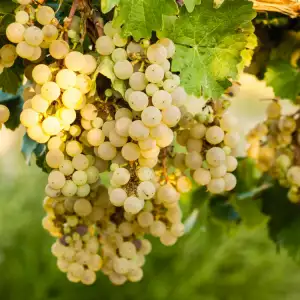
Viognier is considered an old wine variety but its origins are not completely clear. But it is postulated that it comes from the lands comprising modern day Croatia. According to experts, the vines were most likely taken to the Rhône by the Romans. The origins of the name of the variety are also not fully evident.
One of the claims is that Viognier carries the name of the populated area Vienne, lying in the valley of the Rhône. In ages past, it served as a garrison for the Romans. According to a different theory, the vines are called thus because of Latin words explaining the difficult cultivation of the grape.
An important period for the French variety was the 20th century, when it was in danger of disappearing. At that time there were only 4 hectares of the vine in its native France. But fate smiled on it and it was saved thanks to a trend that appeared at the time.
The wine trends then had turned their attention to the rare local varieties. Sure enough, vineyards with Viognier began popping up in many places in France and soon outside of it as well.
California is one of the regions that decide to experiment with the variety, bringing it worldwide fame before long. Californian winemakers highly value the French variety and use it in varietal wines, as well as blends.
Another key contributor to the popularization of Viognier was Australia. There they used it in varietal and blended wines also. It was mixed with Shiraz.
Characteristics of Viognier
First and foremost, Viognier wines attract with their straw color. When drinking, one senses a strong flowery-fruity aroma, associated with acacia, peach, apricot, pineapple, vanilla, anise seeds, smoke, jasmine, primula, kiwi, pear.
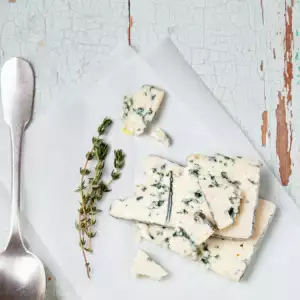
The wine also possesses nuances of lychee, mango, orange rind, mint, wild liquorice, hay, tobacco, butter and others. The taste of the drink is sweet and just as colorful.
Grape elixirs from Viognier don't have a potential for aging which is why experts recommend drinking them while they are still young and fresh.
Serving Viognier
Before serving, it is good to cool a Viognier wine to a temperature of about 50°F (9°C). Afterwards it can be served in glasses for young white wine, fashioned from thin, smooth glass. Fill the glass only halfway up.
You can serve the wine on its own but it is recommended pairing it with suitable foods that would best reveal its profile. According to experienced chefs, the French grape elixir is excellent with aromatic dishes seasoned with curry, nutmeg, cinnamon, ginger, saffron, black pepper, white pepper and wasabi.
You can bet on dishes with bird meat, as well as specialties with fish and crustaceans. Other appetizing ideas that complement the wine are chicken with apples, chicken curry, fish meatballs, fish with curry, fried oysters, fried squid and spicy mussels. Sushi with soya sauce is another great possibility. Dishes with rabbit meat are also not to be overlooked but they should be generously seasoned and with cream sauce poured on top.
Wines from Viognier can be served with cheese as well. Goat cheese or blue cheese are preferable. These can be served on their own, thinly sliced, or put into fresh salads and be complemented by a raw leafy vegetables such as spinach, arugula and dock.
If you are a dessert lover, you will definitely find something with which to combine the drink. You can go with candied fruits, creams, cakes, sweets, pancakes, cheesecakes, bonbons and pastes.
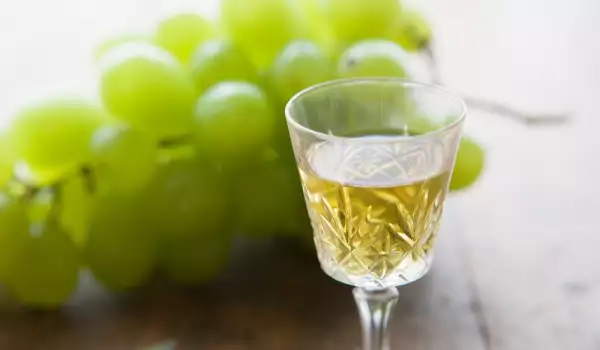
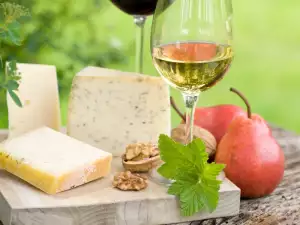


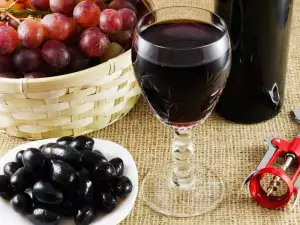
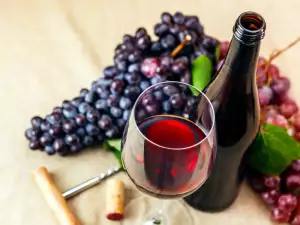


Comments